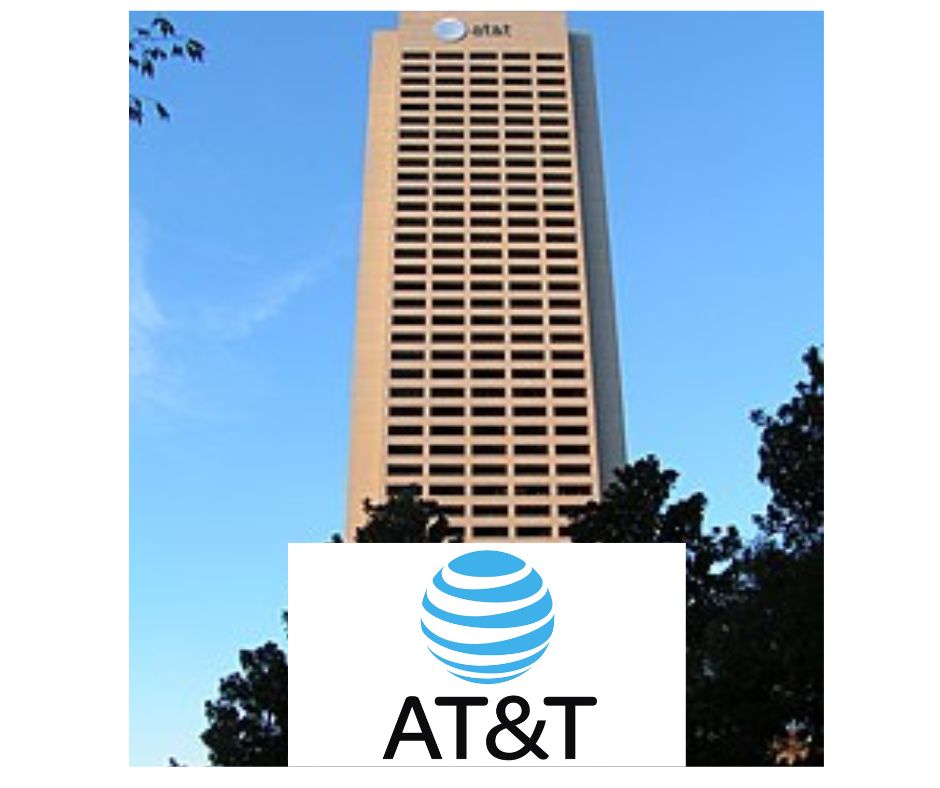AT&T Inc., headquartered in Dallas, Texas, is a leading telecommunications company offering a wide range of services, including wireless communications, broadband, and pay-TV. Tracing its origins to the Bell Telephone Company founded by Alexander Graham Bell in 1877, AT&T has played a pivotal role in shaping global communication networks. Throughout its history, the company has engaged in numerous mergers and acquisitions (M&A) to expand its market presence and diversify its service offerings.
Historical Mergers and Acquisitions:
Here is a list of notable M&A activities undertaken by AT&T:
- Pacific Telesis Group (1997): SBC Communications, which later became AT&T Inc., acquired this regional Bell operating company to expand its footprint in California and Nevada.
- Ameritech Corporation (1999): SBC’s acquisition of Ameritech extended its operations into the Midwest, adding approximately 13 million customers.
- AT&T Corp. (2005): SBC purchased its former parent company, AT&T Corp., for $16 billion, adopting the AT&T name and branding
- BellSouth Corporation (2006): AT&T acquired BellSouth for $86 billion, gaining full control over Cingular Wireless and enhancing its presence in the southeastern U.S.
- Dobson Communications (2007): AT&T acquired Dobson, operating as Cellular One, for $2.8 billion, expanding its coverage in rural areas.
- Wayport Inc. (2008): This $275 million acquisition enhanced AT&T’s Wi-Fi hotspot network, bolstering its broadband services.
- Centennial Communications (2009): AT&T’s $944 million purchase of Centennial improved its network coverage in Puerto Rico and rural U.S. markets.
- Leap Wireless (2013): Acquiring Leap, known for its Cricket Wireless brand, for $1.2 billion allowed AT&T to strengthen its prepaid wireless offerings.
- DirecTV (2015): AT&T’s $67 billion acquisition of DirecTV aimed to diversify into pay-TV services and broaden its content distribution capabilities.
- Time Warner (2018): The $85 billion acquisition of Time Warner, rebranded as WarnerMedia, provided AT&T with a vast portfolio of media assets, including HBO, CNN, and Warner Bros.
Recent Activities (2024/2025):
In the 2024-2025 period, AT&T has undertaken several strategic initiatives:
- Exit from DirecTV: In September 2024, AT&T sold its remaining 70% stake in DirecTV to TPG for approximately $7.6 billion, marking its complete departure from the pay-TV sector. This move was aimed at refocusing on core telecommunications services.
- Spectrum Acquisition: In November 2024, AT&T agreed to purchase spectrum licenses from U.S. Cellular for $1.02 billion. This acquisition is expected to enhance AT&T’s network capacity and support the rollout of advanced wireless technologies.
- BT Partnership Discussions: As of March 2025, reports indicate that Britain’s BT Group has approached AT&T for potential partnerships to bolster its international business operations. These discussions may involve selling a stake in BT’s global division.
Strategic Decisions and Reasoning:
AT&T’s M&A strategy has been driven by several key objectives:
- Market Expansion: Acquisitions like Pacific Telesis and Ameritech enabled AT&T to extend its geographic reach and customer base.
- Diversification: The purchases of DirecTV and Time Warner were intended to diversify AT&T’s offerings into media and entertainment, aiming to create bundled services and capture a larger share of consumer spending.
- Refocusing on Core Services: The divestitures of DirecTV and Warner Media reflect a strategic shift back to AT&T’s core competencies in telecommunications, particularly in enhancing 5G and fiber-optic networks. This realignment is designed to streamline operations, reduce debt, and improve financial performance.
Overall, AT&T’s M&A activities have been instrumental in shaping its evolution, with recent decisions emphasizing a return to its foundational strengths in telecommunications.

